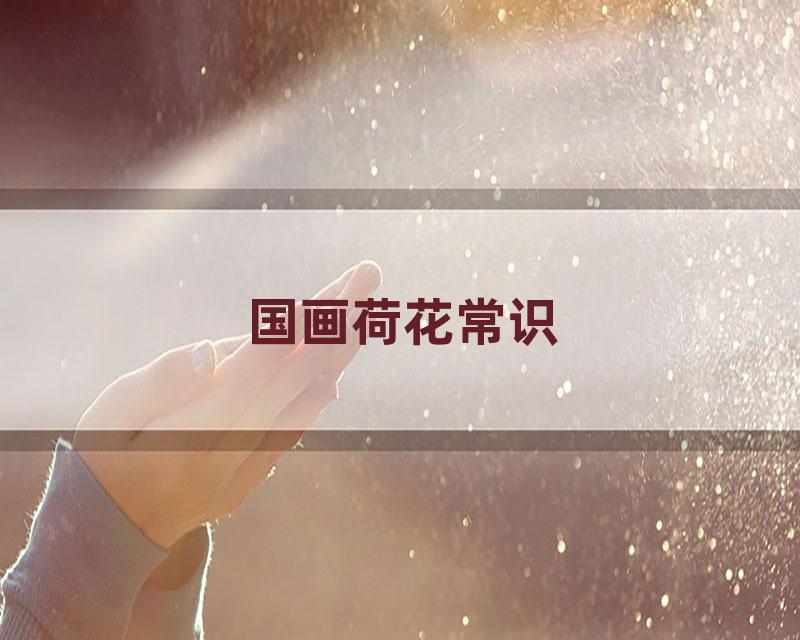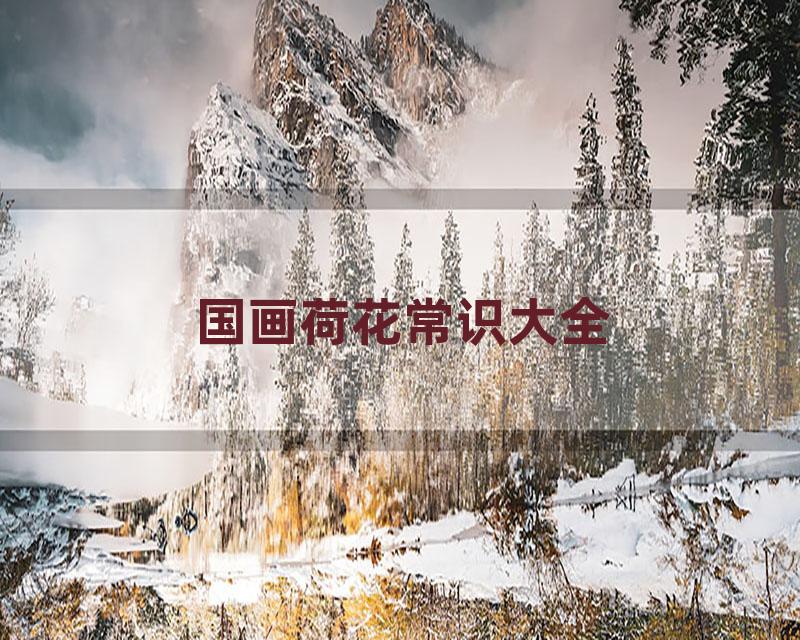在线播放列表
Transcript
Red, green, black, white, heavy, light, dry and wet changes of water and ink on paper show the mysteries of traditional Chinese painting, guó huà. Tools and materials involve writing brushes, ink, colored ink, rice paper and silk. The hardness or softness of brushes, paper absorbency and color determine the features of guó huà. Water, ink and lines are the most essential factors for guó huà. Unlike Western paintings guó huà doesn't use three dimensions or realism. Instead, paintings involve a unique Chinese view of scenery. It's very common that a Chinese painting is attached with a poem. If you understand guó huà you will have a better understanding of Chinese people.
Translation
中国国画的根源可以追溯到新石器时代的陶器(Neolithic pottery),比如鱼、青蛙、鹿、鸟、花、树叶的形状。最早的中国汉字是象形文字(pictograph)。由于相似的工具被使用于最早期的绘画和书写,绘画被认为是与书法(calligraphy)有着相同的起源。这样一来,中国国画就有着一种非凡的特征,也就是说,诗意和书法被印刻(inscribe)在画中,从而三者合为一体,给人们一种更加强烈的美的享受。
【四六级翻译素材】国画
版权声明:本站部分内容由互联网用户自发贡献,文章观点仅代表作者本人。本站仅提供信息存储空间服务,不拥有所有权,不承担相关法律责任。如发现本站有涉嫌抄袭侵权/违法违规的内容, 请拨打网站电话或发送邮件至1330763388@qq.com 反馈举报,一经查实,本站将立刻删除。
文章标题:【四六级翻译素材】国画发布于2021-04-23 10:31:28






